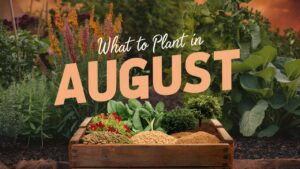This in-depth guide will help navigate through the exciting options available for planting in July within these zones, highlighting vegetables, flowers, herbs, and landscape plants that thrive in the warm summer weeks.
Vegetables To Plant
July is not just about sweltering heat; it’s also an ideal time to sow quick-maturing crops and those that will flourish in the cooler fall months. Here are ten vegetables that can be successfully planted in July in Zones 7 and 8.
Beans (Bush and Pole)
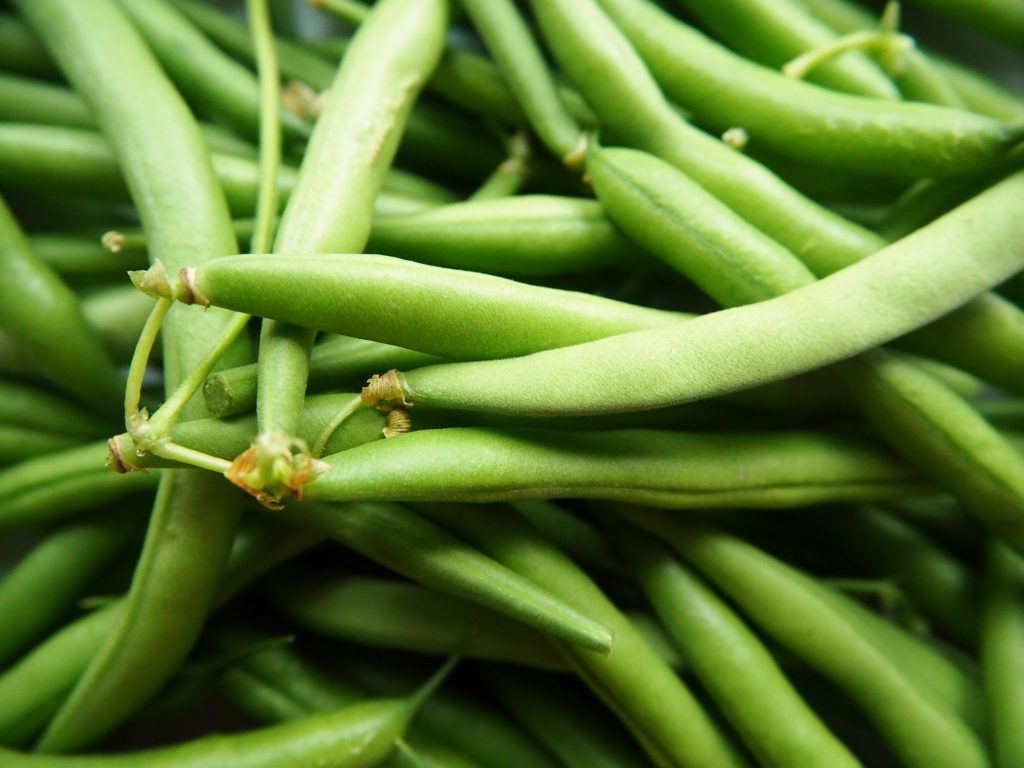
Beans, both bush and pole varieties, are excellent choices for July planting. They thrive in warm weather and can be planted until late summer. Ideal soil temperatures range from 60°F to 90°F, making July perfect. Bush beans typically mature in 50-60 days, while pole beans may take a bit longer, about 60-70 days. Both require well-drained soil and should be watered regularly, especially during dry spells.
Carrots
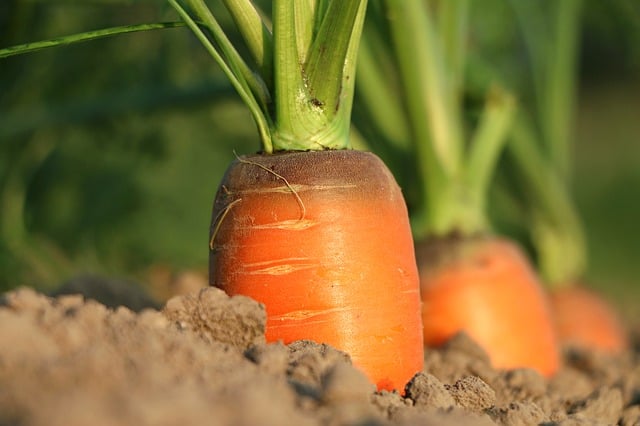
Carrots are a wonderful choice for late summer planting. They can be sown directly in the ground and prefer cooler weather, making July an ideal planting month for a fall harvest. The soil temperature should be between 65°F and 75°F when planting. Expect them to take about 60-80 days to mature, so plan accordingly. Ensure a loose, well-tilled soil for optimal root development.
Cucumbers
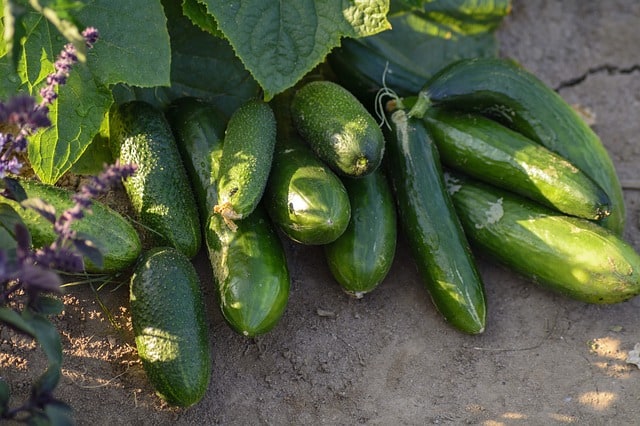
Having sufficient time to mature, cucumbers can be planted in July, especially if you choose fast-growing varieties. They thrive in temperatures above 70°F but prefer not to exceed 95°F. Cucumbers generally take about 50-70 days to harvest, depending on the type. Keep the soil consistently moist and provide trellising for climbing varieties to enhance airflow and reduce disease.
Lettuce

Summer is often overlooked for growing lettuce, but many varieties actually thrive in the cooler evenings of mid to late summer. You can plant both leaf and romaine varieties in July. They germinate quickly, typically within 7-14 days, and can be harvested in as little as 30 days for baby greens. Ensure you provide shade through mid-summer heat with row covers or shade cloth to prevent bolting.
Radishes
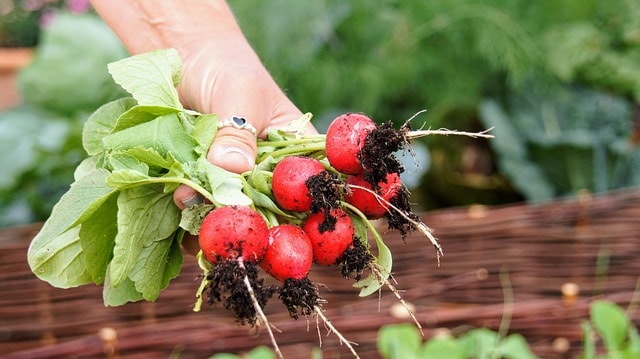
Radishes are one of the fastest-growing crops, making them perfect for July planting. They thrive in cooler soil temperatures between 45°F and 85°F and can be harvested in as little as three to four weeks. Radishes can be sown in succession throughout July, providing a continuous harvest until the first frost. Choose from a variety of types, including red globe and watermelon radishes for visual interest in the garden.
Spinach
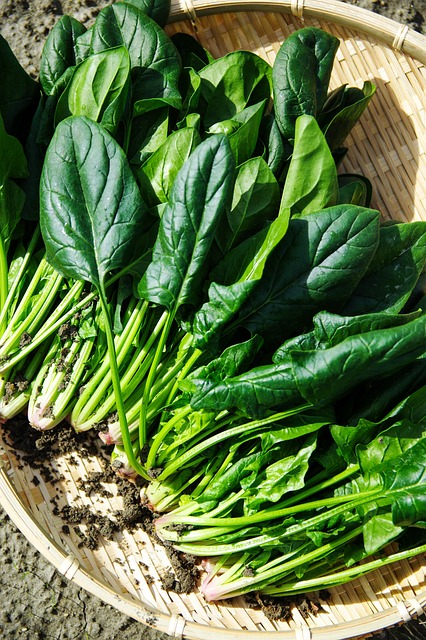
Spinach can be directly sown in July for a fall harvest as temperatures begin to cool. This leafy green prefers soil temperatures between 50°F and 70°F. Germination will require moisture, so keep the soil damp. Spinach can be harvested in 40-50 days, providing nutritious greens that can withstand light frosts.
Peppers

July is the beginning of the optimal planting time for late-season pepper varieties, particularly in hot weather. Both sweet and hot peppers thrive in temperatures above 70°F. Remember that they will require a longer growing season, usually around 70-90 days, so select varieties suited for later planting. Keep them well-watered but avoid overwatering, as they prefer slightly drier soil conditions.
Turnips
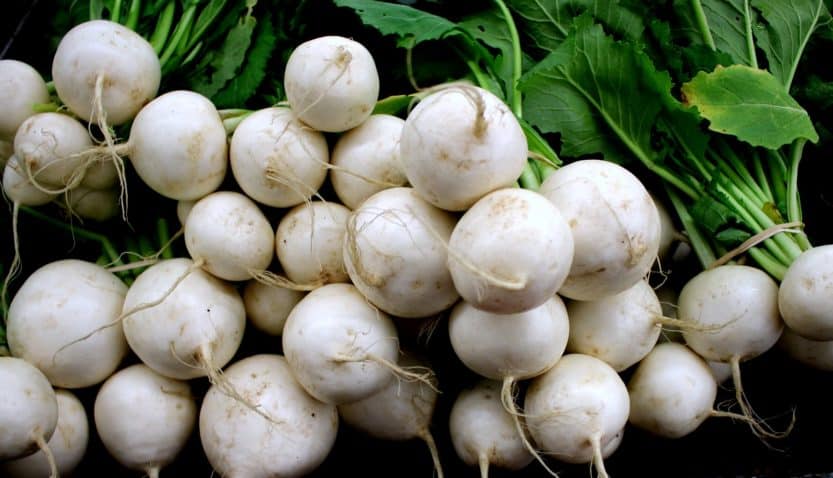
Turnips are typically planted in late summer for a fall harvest, making them perfect for July. They grow well in well-drained soil and prefer temperatures between 50°F and 75°F. They generally mature quickly at around 30-60 days, providing both roots and delectable greens. Remember that spacing is vital; don’t overcrowd the seeds to ensure healthy growth.
Swiss Chard
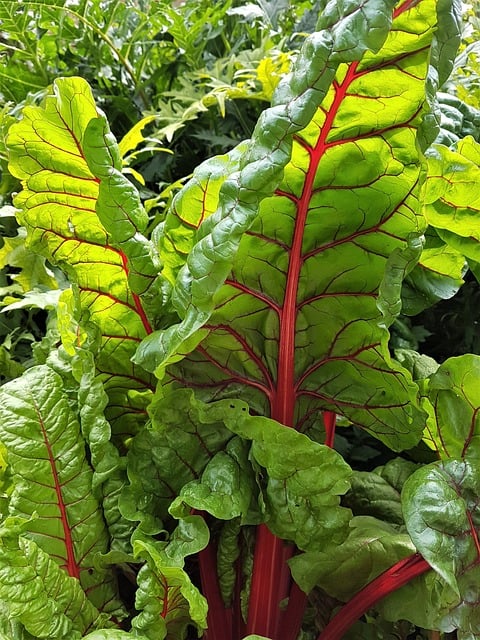
Swiss chard is another versatile vegetable that can be grown well in July. It flourishes in a range of temperatures but prefers cooler days and nights, making late summer plantings ideal. Chard can be harvested for leaves in about 30-50 days, and the beautiful stems add color to both the garden and the dinner plate.
Winter Squash
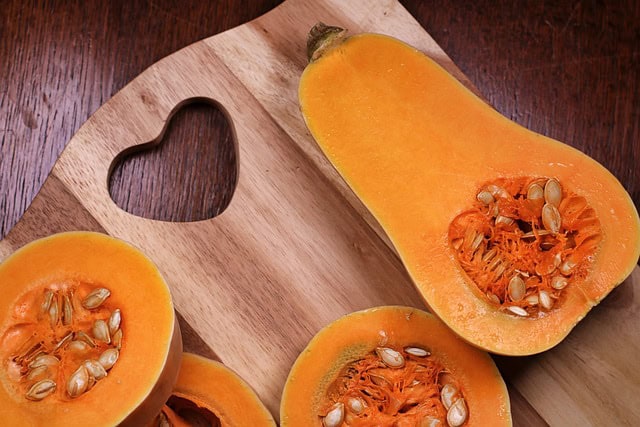
While many summer squash varieties are typically harvested by now, July is a suitable time to plant winter squash varieties. These crops, such as butternut and acorn squash, require warm soil (around 70°F and above) but will produce well into autumn. They will take approximately 80-120 days to mature, so planting early in July would be beneficial. Ensure ample space for sprawling vines and consistent watering.
Flowers To Plant
July is also a fantastic time to enhance your garden with beautiful blooms. Many annuals are quick to establish and increase the vibrancy of your landscape. Let’s explore ten flower options for July planting.
Black-eyed Susan (Rudbeckia)
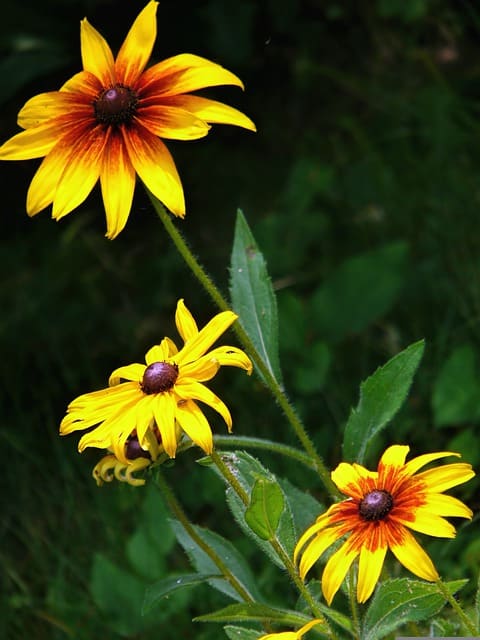
These cheerful yellow flowers are hardy and well-suited to Zones 7 and 8. Black-eyed Susans thrive in sunny locations and tolerate heat well. Plant them in well-draining soil and expect blooms to appear approximately 60-90 days after planting. This perennial can also self-seed, ensuring that their bright faces return each year.
Zinnias

Zinnias are renowned for their vibrant colors and ease of growth. Planting in July means you can enjoy flowers that bloom in as little as 60 days. They thrive in full sun and prefer well-drained soil. As they establish, zinnias attract butterflies, enhancing the overall garden ecosystem.
Cosmos

Cosmos flowers are beloved for their daisy-like appearance and long blooming period. In warm weather, they grow vigorously, often reaching heights of up to four feet. They prefer full sun and well-draining soil and can be sown in the garden or directly seeded. Expect blooms to appear roughly 70-90 days after planting.
Sunflowers

Planting sunflowers in July can yield stunning results. These towering beauties thrive in full sun and require minimal care. Choose from various heights and bloom sizes, with many varieties maturing between 70-100 days. They attract pollinators and can be harvested for seeds later in the season.
Marigolds
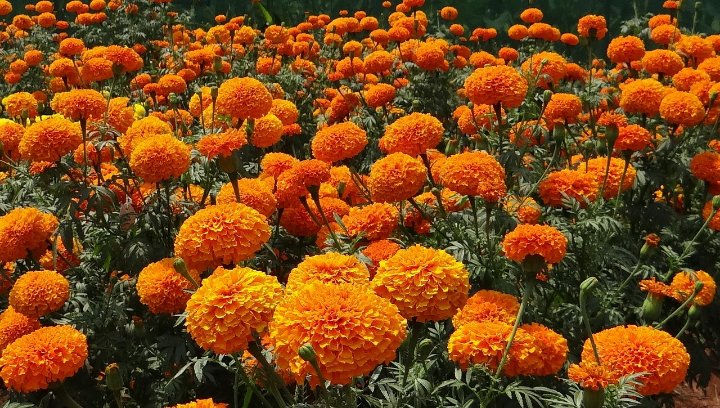
Marigolds bring not only beauty with their vibrant orange and yellow hues but also contribute to pest control in the garden. They thrive in sunny spots and well-drained soil. With rapid growth, they can bloom in as little as 45-60 days. Their aromatic foliage deters many common garden pests, making them a great companion plant.
Petunias
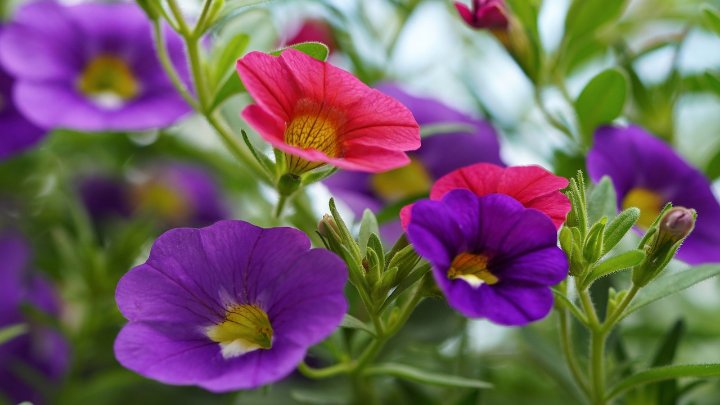
These versatile flowers can add color and texture to your garden throughout the summer. They flourish in well-drained soil and can withstand warm temperatures. Petunias typically take 70-90 days to bloom after direct sowing or transplanting. For a stunning display, consider incorporating different colors and varieties.
Asters
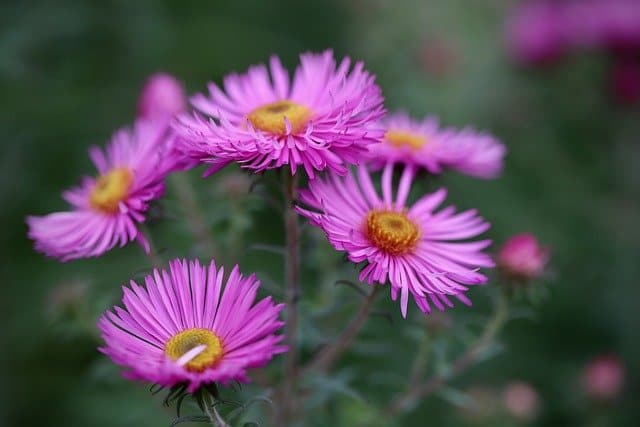
Asters are a beautiful perennial favorite, producing daisy-like blooms that attract butterflies in late summer. They thrive in full sun and well-drained soil, preferring slightly cooler temperatures. While they require a bit more time to establish, their blooms can show up in 80-90 days after planting.
Gaillardia (Blanket Flower)
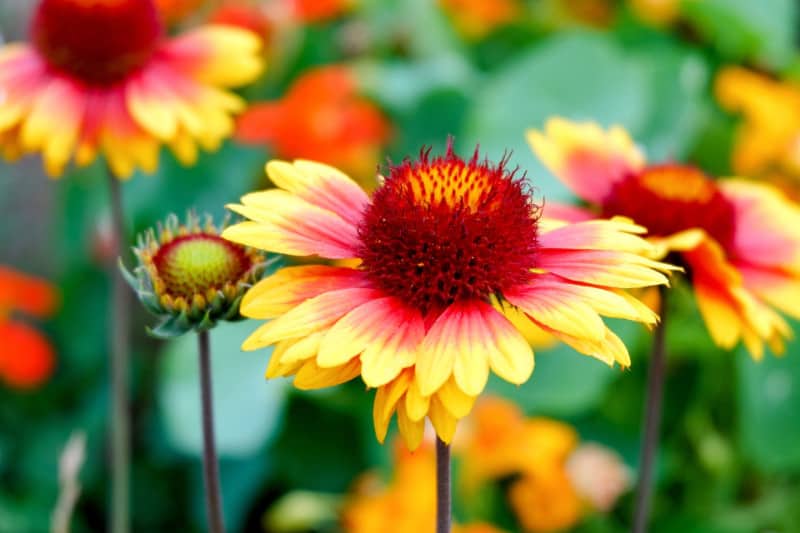
Known for their dazzling, vibrant blossoms, Gaillardia is drought-tolerant and can withstand a variety of soil types. They thrive in full sun and are ideal for adding brightness to a garden getting less water. The flowers typically bloom within 70-90 days, making them an excellent choice for vibrant summer color.
Purple Coneflower (Echinacea)
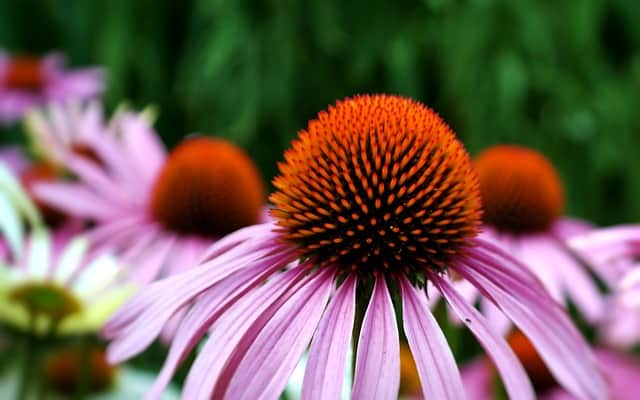
Purple coneflowers are not only visually striking but also beneficial for pollinators. They thrive in well-drained soil, prefer full sun, and can withstand drought conditions. Usually blooming within 70-80 days, they also have medicinal properties and can be used in herbal teas.
Herbs To Plant
Herbs can enhance any garden and are perfect for July planting as temperatures warm. These ten herbs thrive in Zones 7 and 8 and can be enjoyed fresh or dried for culinary uses.
Basil
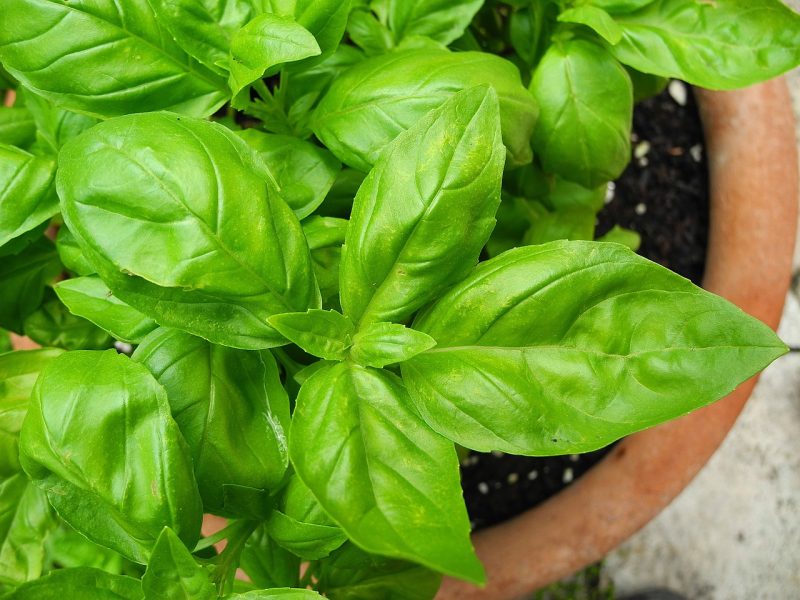
Basil is a quintessential summer herb that thrives in warm temperatures. Planting in July ensures you have fresh basil to enjoy throughout the season. It grows best in rich, well-draining soil and full sun and requires regular watering. Depending on the variety, basil can take 60-90 days to reach a harvestable size.
Chives

Chives are another great herb to plant in July, known for their mild onion flavor. They thrive well in a variety of soil conditions and can tolerate some part shade. They require minimal care, and you can harvest the green tops within a few weeks, often within 30 days. Their flowers are also ornamental and attract beneficial pollinators to the garden.
Cilantro
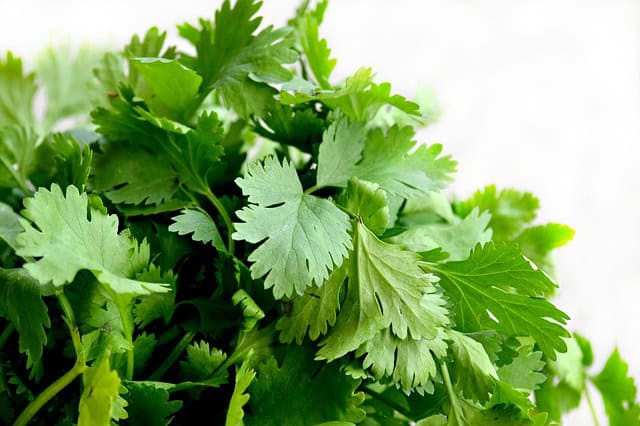
Cilantro, or coriander, thrives in cooler temperatures but can still be planted in July for an early fall harvest. It prefers well-drained soil and grows relatively quickly, with leaves ready for harvest in about 30-60 days. This herb performs best when planted in partial shade to prevent bolting in the heat.
Dill
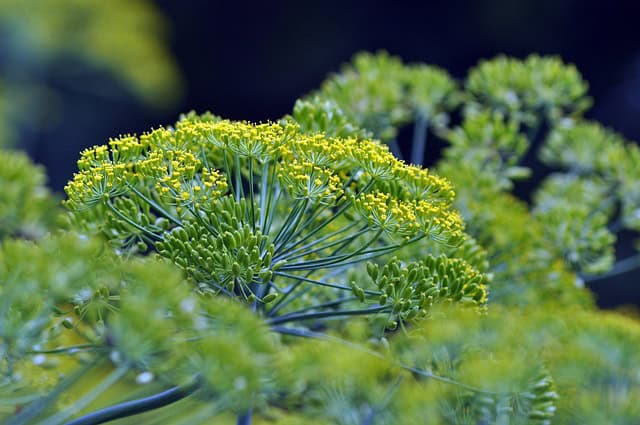
Dill is a popular herb known for its delicate leaves and flavor. Its high tolerance for warm weather makes July an ideal planting time in Zones 7 and 8. Dill grows well in well-draining soil and can be harvested within 40-60 days after sowing. Its attractive flowers also attract beneficial insects to your garden.
Oregano
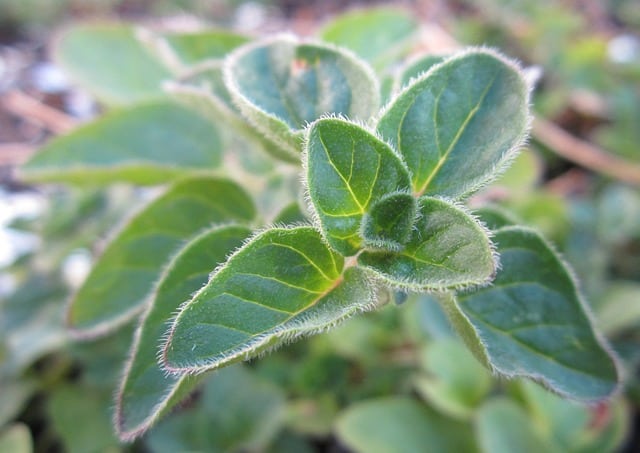
Oregano is a hardy and drought-tolerant herb, perfect for warm summer planting. It thrives in full sun and well-drained soil, taking about 70-80 days to reach a harvestable size. This perennial herb has culinary uses and can come back year after year, providing fresh flavor to your dishes.
Parsley
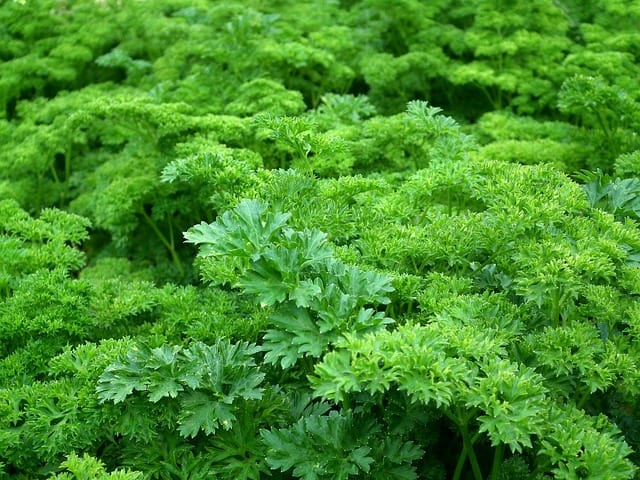
Parsley can be planted in July for a fall harvest. It prefers well-draining soil and partial shade, especially in the heat of summer. It takes about 70-90 days to grow and is perfect for snipping and using fresh or dried in culinary dishes. This versatile herb is great for companion planting as well.
Rosemary
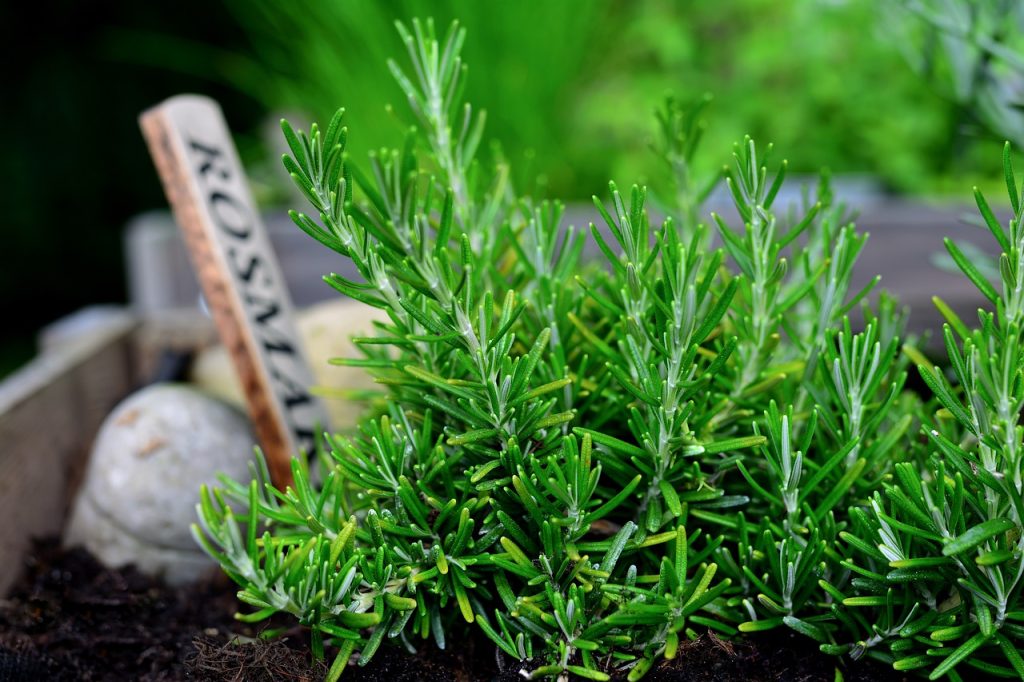
Rosemary is a perennial herb that enjoys full sun and well-drained, slightly sandy soil. July is a suitable time for planting as it establishes quickly. Expect it to take a bit longer, about 90-120 days, before it’s large enough to be harvested for culinary uses. This hardy herb can survive mild winters in Zone 7 and can be grown in pots for mobility.
Thyme
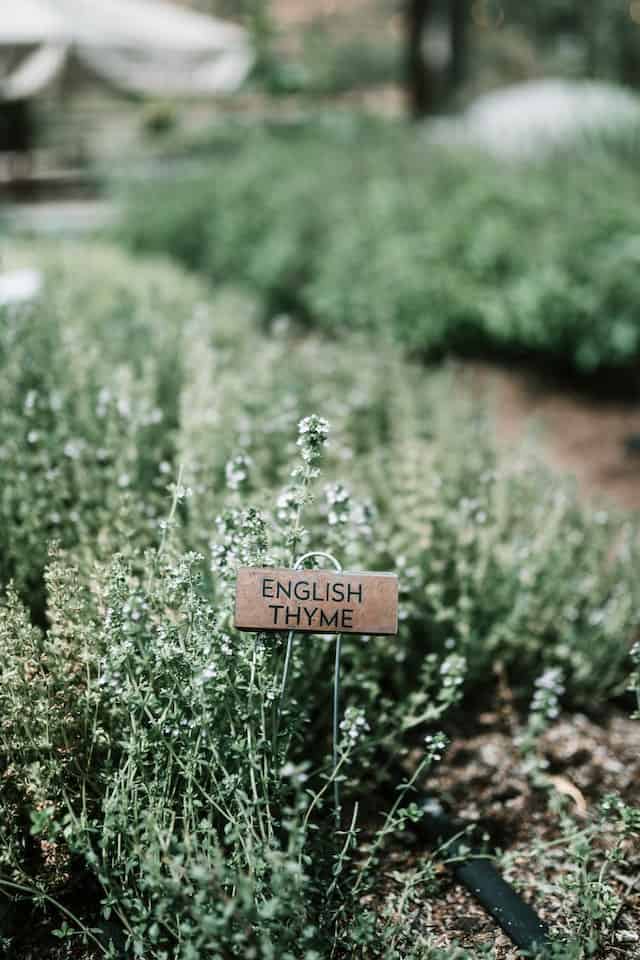
Thyme is another drought-tolerant herb that is well-suited for warm summer planting. It prefers sunny spots and thrives in well-draining soil. Thyme typically requires about 70-90 days to mature before harvest, but its flavor is worth the wait. This versatile herb can be used in various dishes and makes an excellent companion to many garden plants.
Sage

Sage is a perennial herb that flourishes in full sun and well-drained soil. While it can be planted in July, expect a longer growing season, taking 75-100 days to establish before regular harvests. Sage has distinctively aromatic leaves that add depth and flavor to many dishes.
Mint
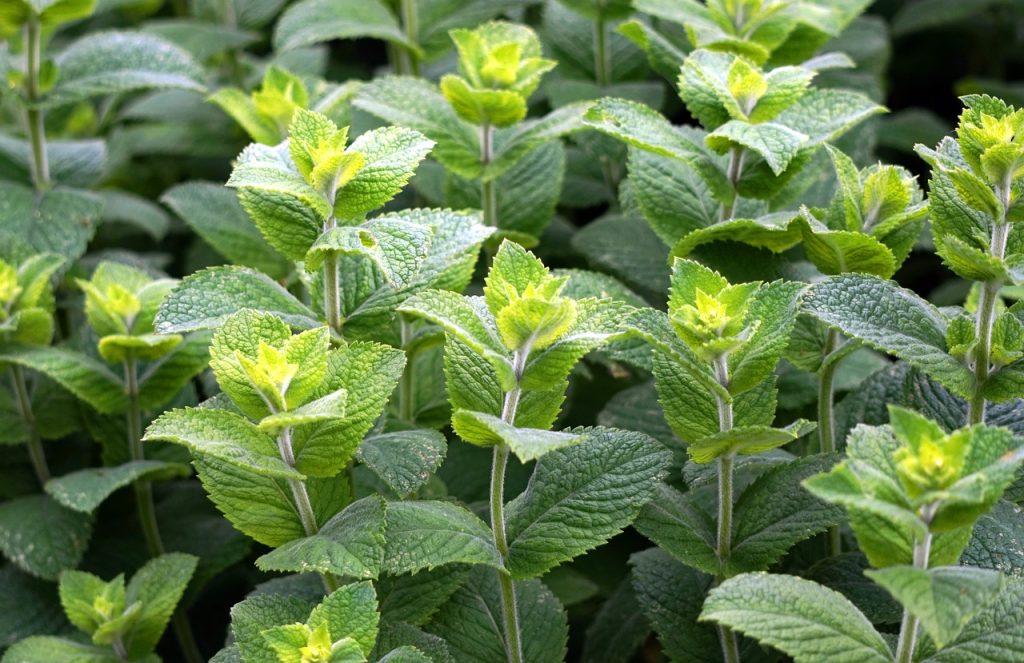
Mint can be planted in July, thriving in a range of soil conditions and preferring partial shade. Its aggressive growth means it often needs to be contained, but it can be harvested within 30-60 days of planting. Mint is perfect for teas, garnishes, and various culinary uses.
Landscape Plants To Plant In July
Planting for visual interest in the landscape can be successfully managed in July, especially with some well-considered choices. Below are ten ideal landscape plants that suit Zones 7 and 8 for planting in July.
Daylilies (Hemerocallis)
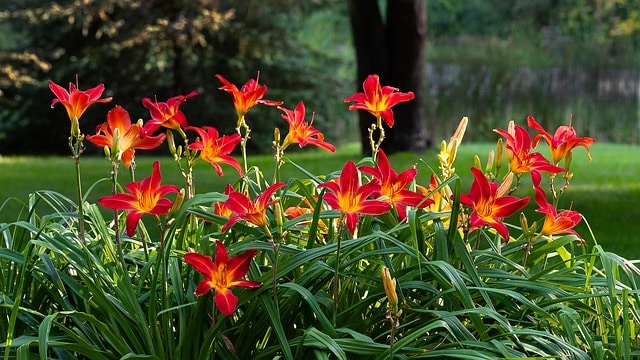
Daylilies are the quintessential low-maintenance flowering perennial that thrives in a wide range of conditions. They enjoy full sun to partial shade and adapt to various soil types. Daylilies can bloom within a year of planting; however, certain varieties may take longer to establish. Their striking flowers bring color and texture to any garden.
Sedum

Sedum, or stonecrop, is a take-it-or-leave-it succulent plant that thrives in full sun and well-drained soil. They are drought-tolerant and require minimal care, making them an excellent choice for busy gardeners. Depending on the variety, sedums will flower between late summer and fall, offering lasting color as they thrive in poor soil conditions.
Butterfly Bush (Buddleja)
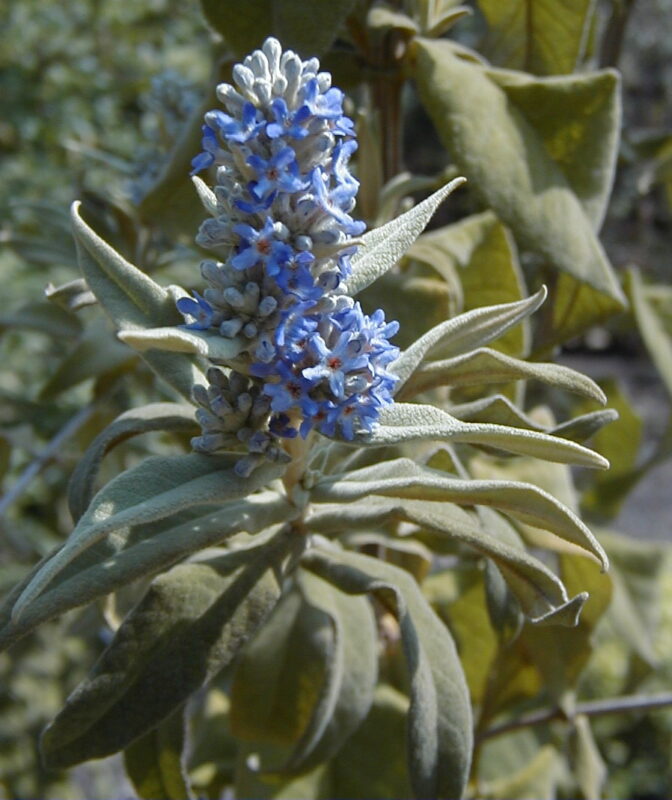
The butterfly bush is a beloved staple in many gardens due to its flower spikes that attract pollinators. It thrives in full sun and well-drained soil. Butterfly bushes can be planted throughout July with an expectation of blooms in their second year, usually 1-2 years from seed. They grow rapidly and can become large shrubs, creating a vibrant landscape feature.
Holley Bush (Ilex)

Hollies are evergreen shrubs that add an essential element of structure to landscapes, thriving in either full sun or partial shade. Planting in July allows the roots to establish well before winter, and assumptions can expect growth rates that vary depending on the species. Most hollies, once established, require little maintenance.
Russian Sage (Perovskia atriplicifolia)
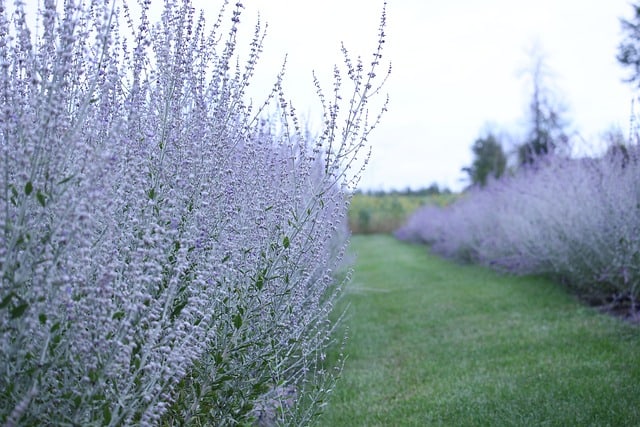
Russian sage is a hardy perennial that provides a soft, airy feel to gardens. It thrives in full sun, well-drained soil, and is incredibly drought-resistant. Expect its beautiful silver foliage and purple flowers to mature within 60-90 days after planting. This plant is perfect for borders or masses and provides color into the fall.
Coreopsis
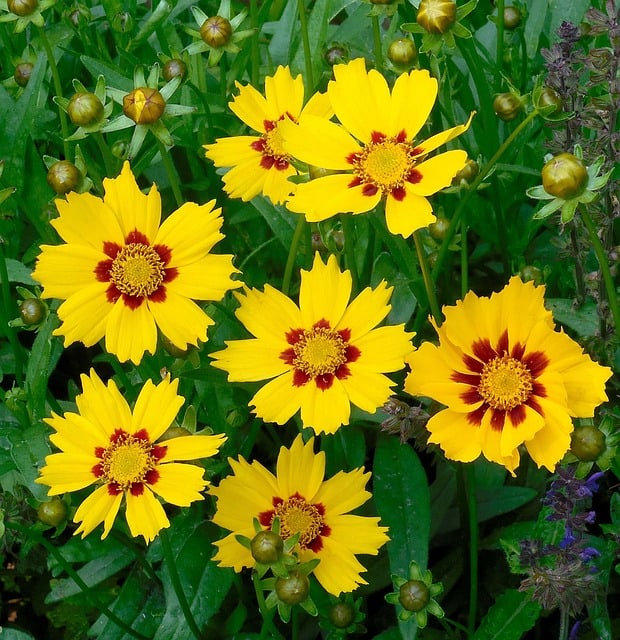
Coreopsis, or tickseed, is a perennial that blooms profusely and can tolerate dry conditions. They thrive in sunny locations and attract butterflies into your garden. Planting in July ensures a spectacular display of blooms within 50-70 days, heralding the arrival of fall.
Astilbe

Astilbe is a perennial favorite for shaded garden areas, offering plume-like flowers in various colors. These plants thrive in rich, moist soils and can be planted in July. They will take a bit longer to fully establish, often flowering the second summer after planting, with their colorful plumes providing shade for shallow-rooted companions.
Lavender (Lavandula)
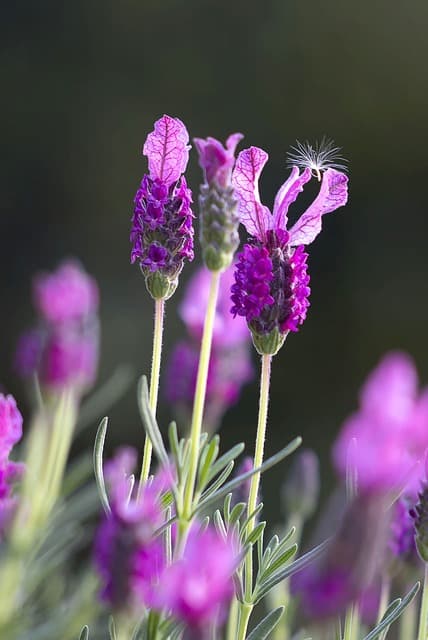
Lavender adds not only beauty but also fragrance to gardens. It enjoys well-drained, sandy soil and thrives in sunny locations. When planted in July, expect mature plants to yield aromatic flowers within one year. Lavender also attracts pollinators and can be harvested for culinary uses.
Coneflower (Echinacea)

This resilient perennial is excellent for mixed borders and pollinator gardens. Coneflowers prefer full sun and well-draining soil, thriving even in poor conditions. Though they take a little longer, the vibrant blooms will typically appear in their second season, incentivizing gardeners with colorful, hardy flowers that last into the fall.



